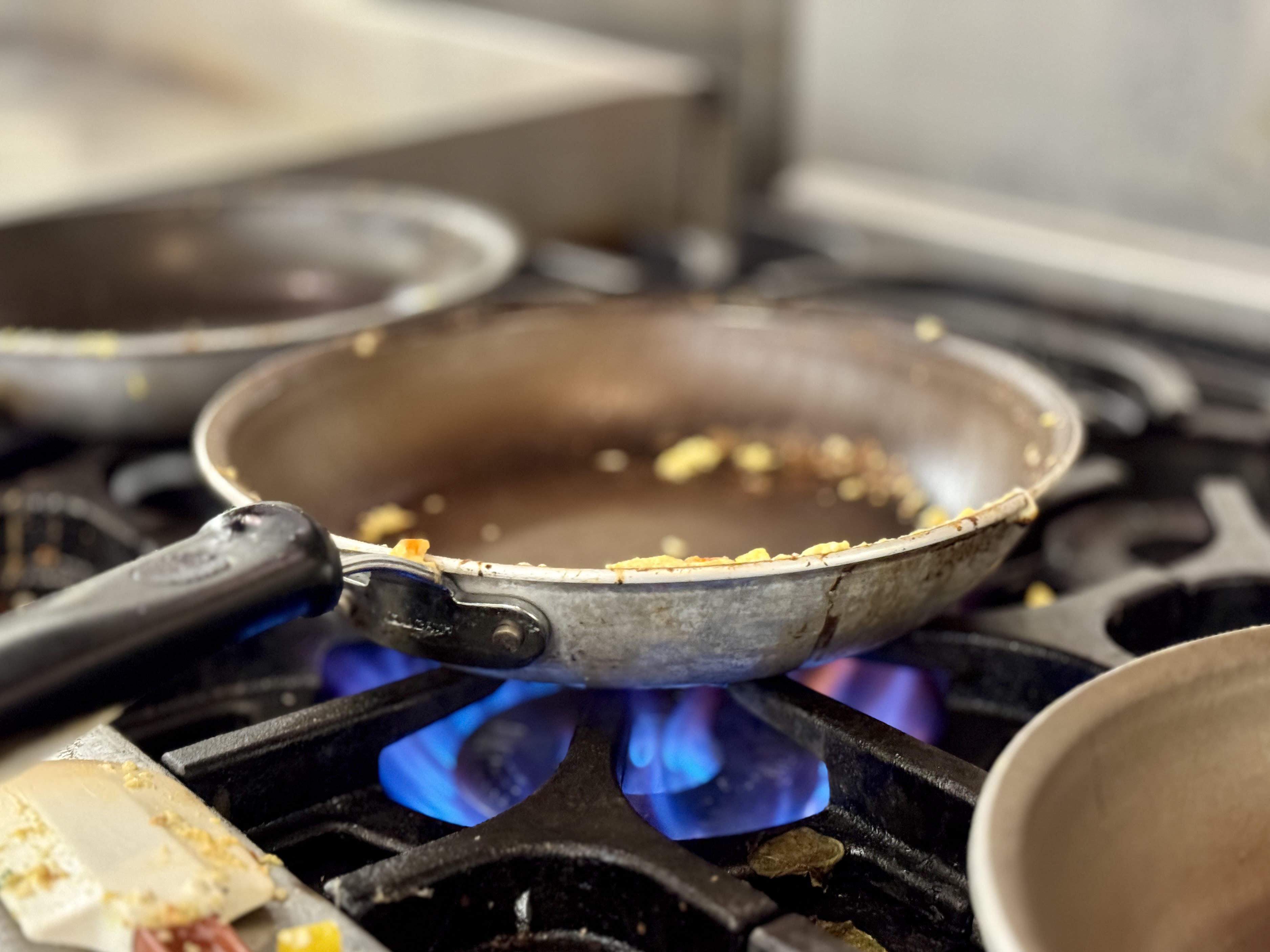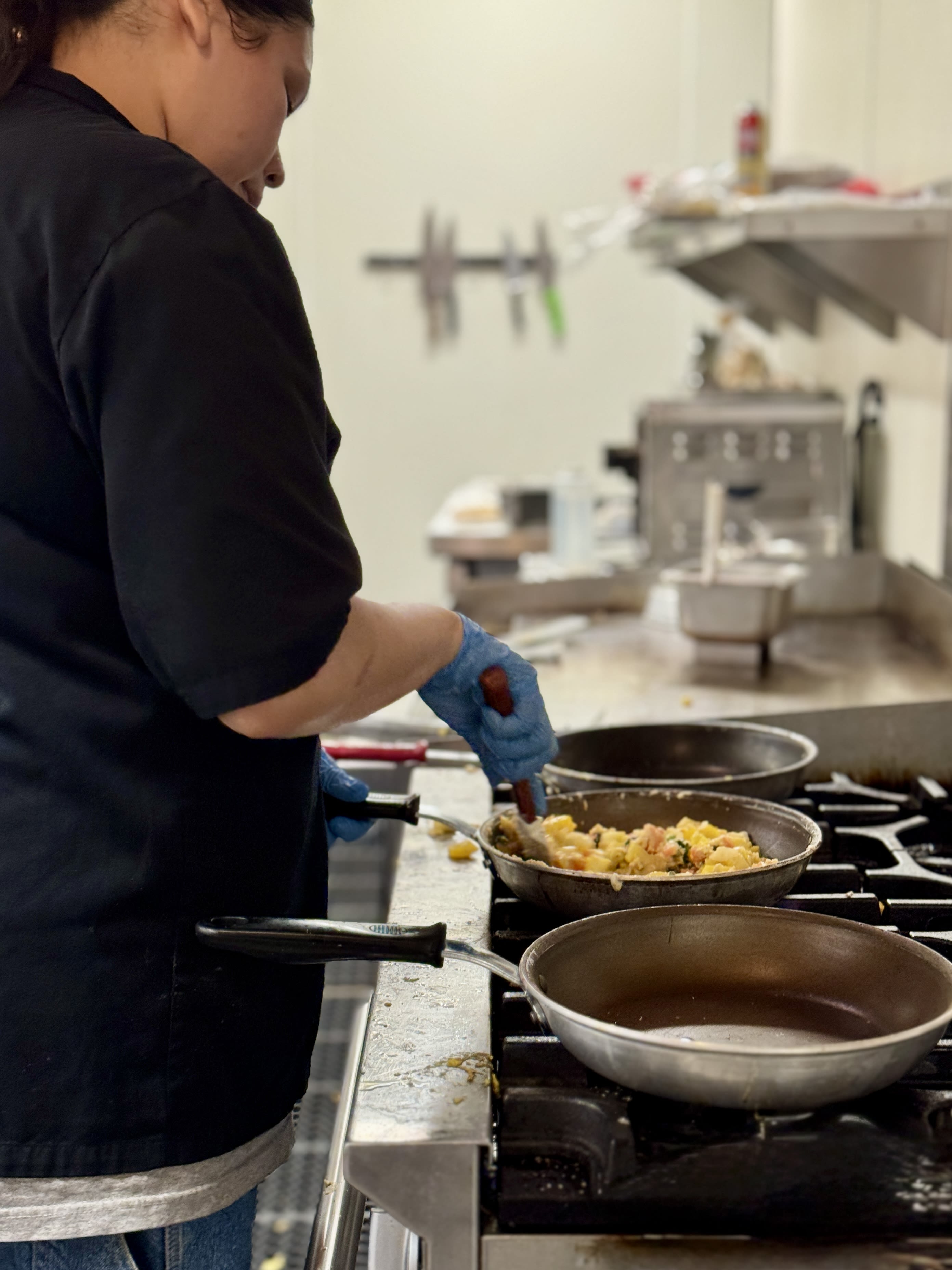Why OCDE's Kalmus Café is more than just a café
More than you think
OCDE's in-house eatery is called Kalmus Café, but calling it just a café doesn’t quite do it justice.
While it’s best known among staff for its fresh food and affordable prices, the café also plays a much larger role behind the scenes, preparing and delivering hundreds of meals each day to students across Orange County.
OCDE Food Services Manager John Basurto breaks these services down into three divisions: retail, catering and the National School Lunch Program. Most employees are familiar with the retail side, but many don’t realize the kitchen also handles catering for large meetings at OCDE's Costa Mesa headquarters on Kalmus Drive — and even fewer know it prepares daily meals for the majority of the department's alternative education and special education programs, known as ACCESS and Connections.
To better understand the scale of the operation, here are a few numbers that show just how much the kitchen staff cooks each day.
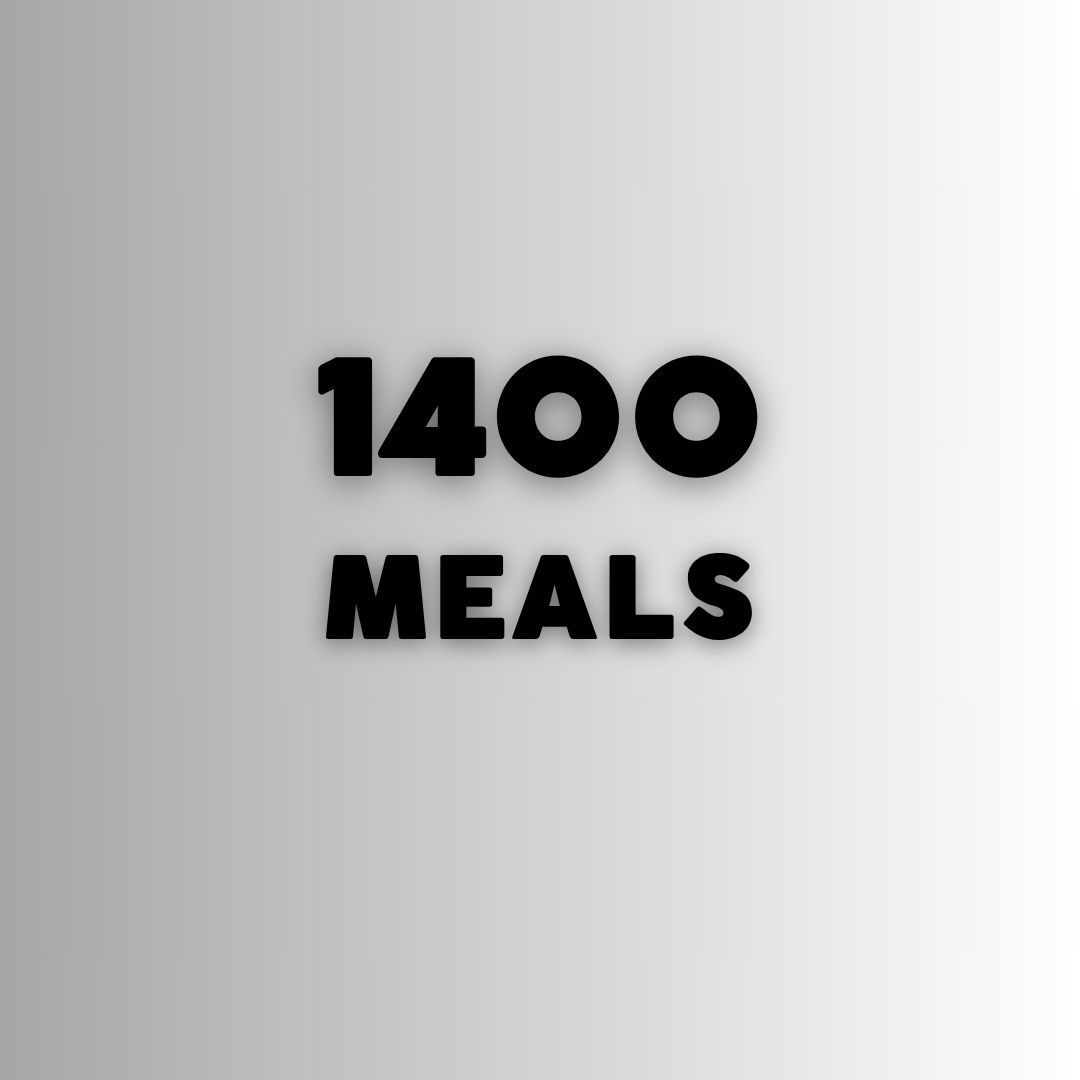


Meal preparation
Each morning by 5:30 a.m., OCDE kitchen staff are already hard at work preparing breakfasts and lunches — before the sun rises and before many people start their day. In addition to the daily staff meals at the Kalmus office, they also prepare and distribute meals for 29 of the county’s ACCESS and Connections programs through the National School Lunch Program.
On average, the kitchen staff prepare 700 school breakfasts and 700 school lunches per day, five days per week. Then take into account there are only four cooks on staff designated to prepare the national school lunches, this cooking feat becomes all the more impressive.
Equally as impressive is the fact that all these meals must be distributed to each school site. Using specially-fitted trucks with refrigerated, heated and dry storage compartments, three drivers make the daily trek from Costa Mesa to as far north as La Habra and as far south as San Juan Capistrano.
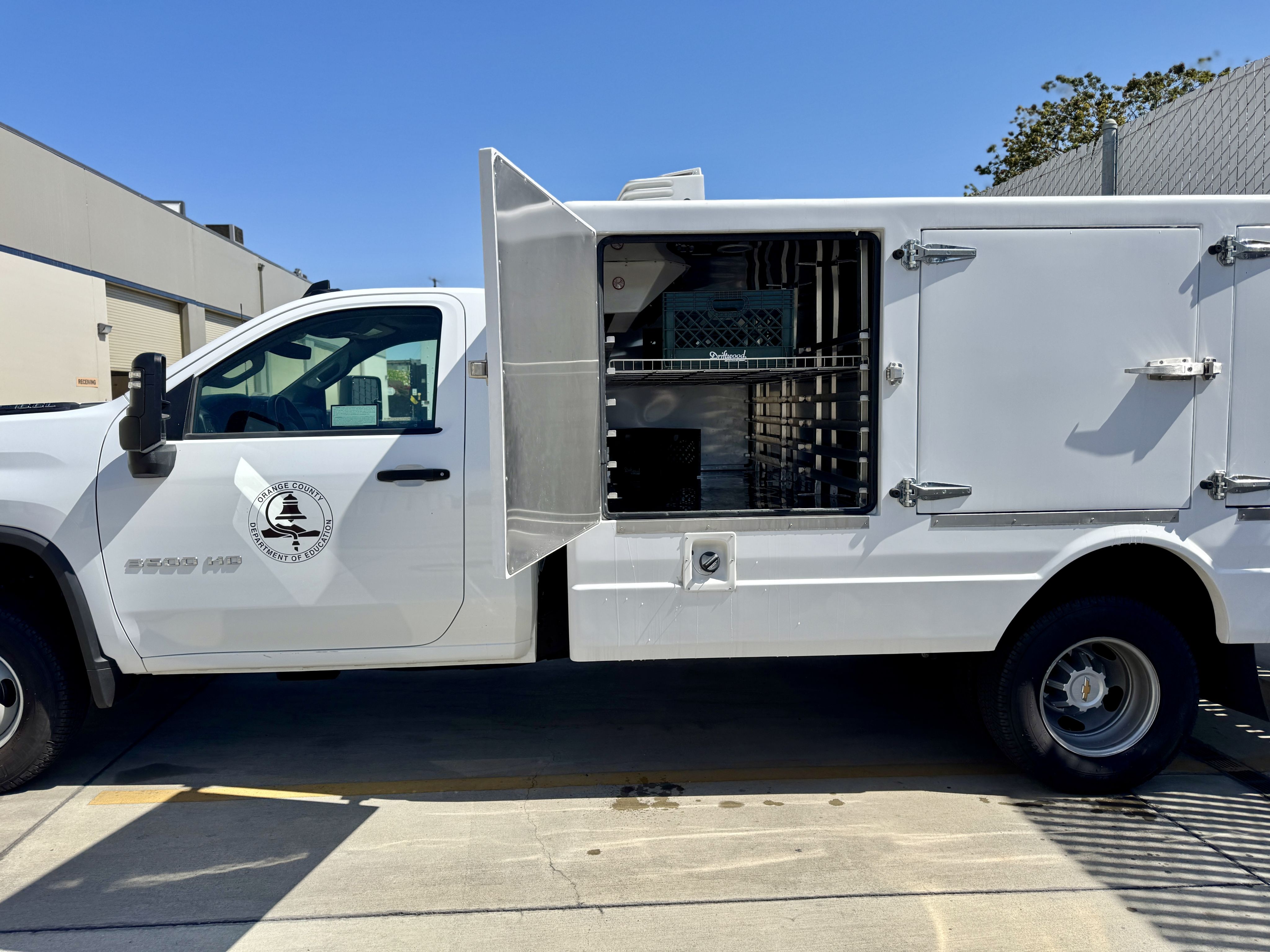
Meal preparation
Each morning by 5:30 a.m., OCDE kitchen staff are already hard at work preparing breakfasts and lunches — before the sun rises and before many people start their day. In addition to the daily staff meals at the Kalmus office, they also prepare and distribute meals for 29 of the county’s ACCESS and Connections programs through the National School Lunch Program.
On average, the kitchen staff prepare 700 school breakfasts and 700 school lunches per day, five days per week. Then take into account there are only four cooks on staff designated to prepare the national school lunches, this cooking feat becomes all the more impressive.
Equally as impressive is the fact that all these meals must be distributed to each school site. Using specially-fitted trucks with refrigerated, heated and dry storage compartments, three drivers make the daily trek from Costa Mesa to as far north as La Habra and as far south as San Juan Capistrano.
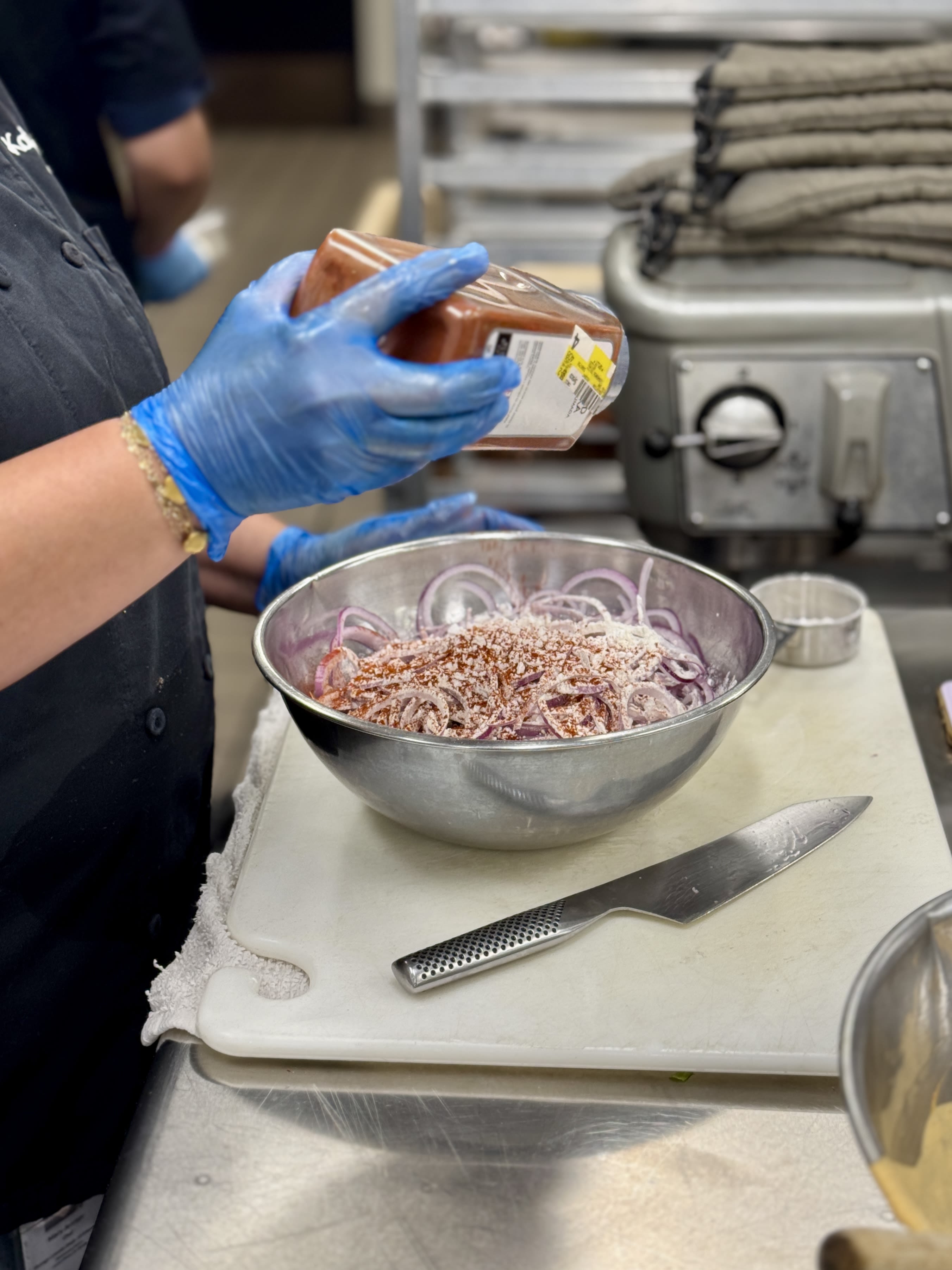


So what are they cooking?


So what are they cooking?
Scratch cooking
At OCDE's ACCESS and Connections sites, gone are the days of the classic, vended lunches that many grew up with. Well, almost gone.
Last year, OCDE launched a scratch cooked menu for its ACCESS and Connections programs, which utilizes organic and fresh ingredients prepared the same day by the Kalmus kitchen staff. Currently, 50 percent of the sites served are on a scratch cooked menu, but by July, Basurto plans to fully transition to a scratch menu.
"We're already doing it, and it's actually cheaper. It's kind of like if you were going out to a restaurant or you're cooking for yourself at home."
Each weekly menu must adhere to strict guidelines mandated by the U.S. Department of Agriculture. Calorie, protein and even saturated fat levels are closely monitored and can be adjusted from week to week depending on if one level was too high or low in the previous menu.
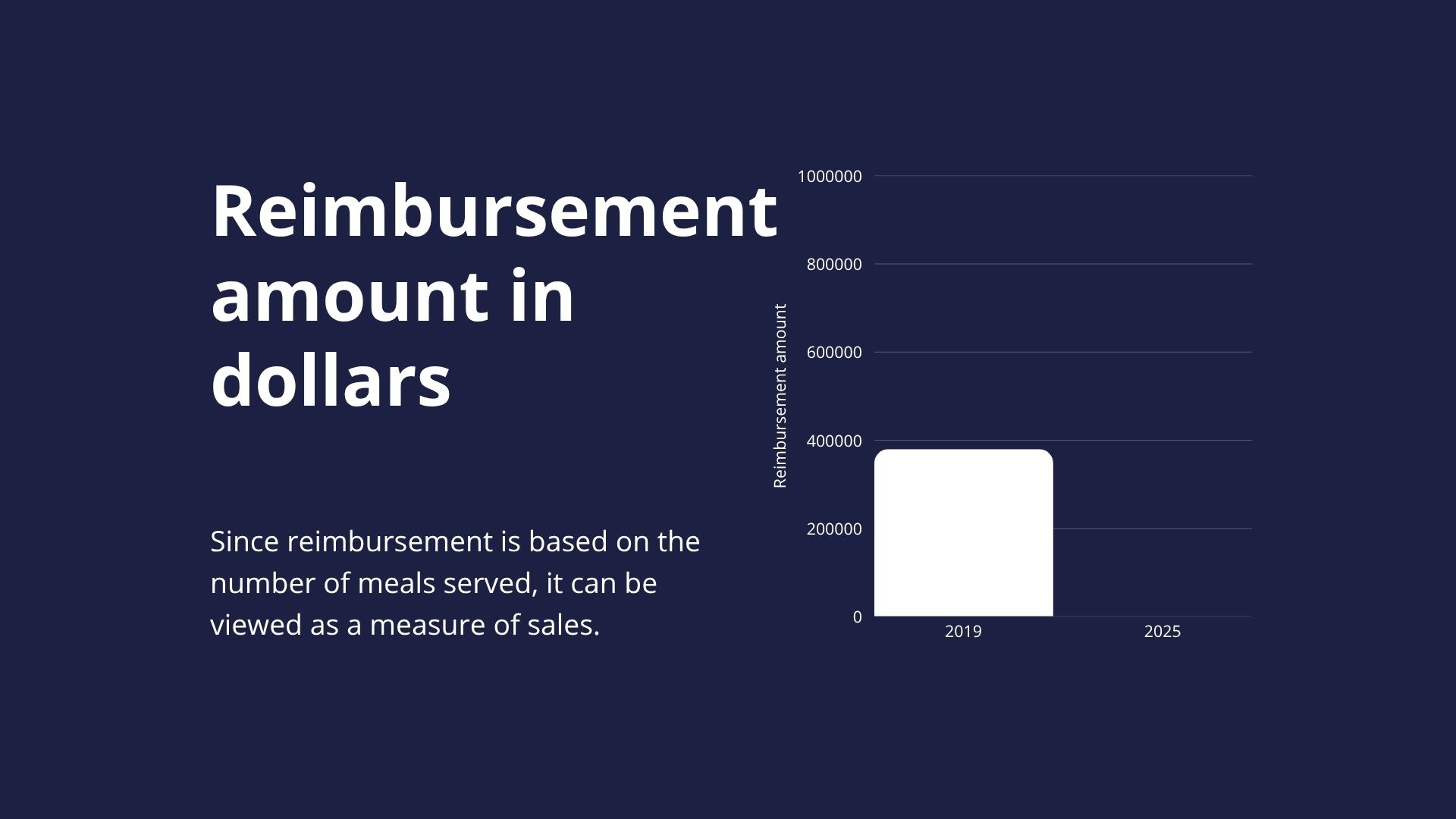
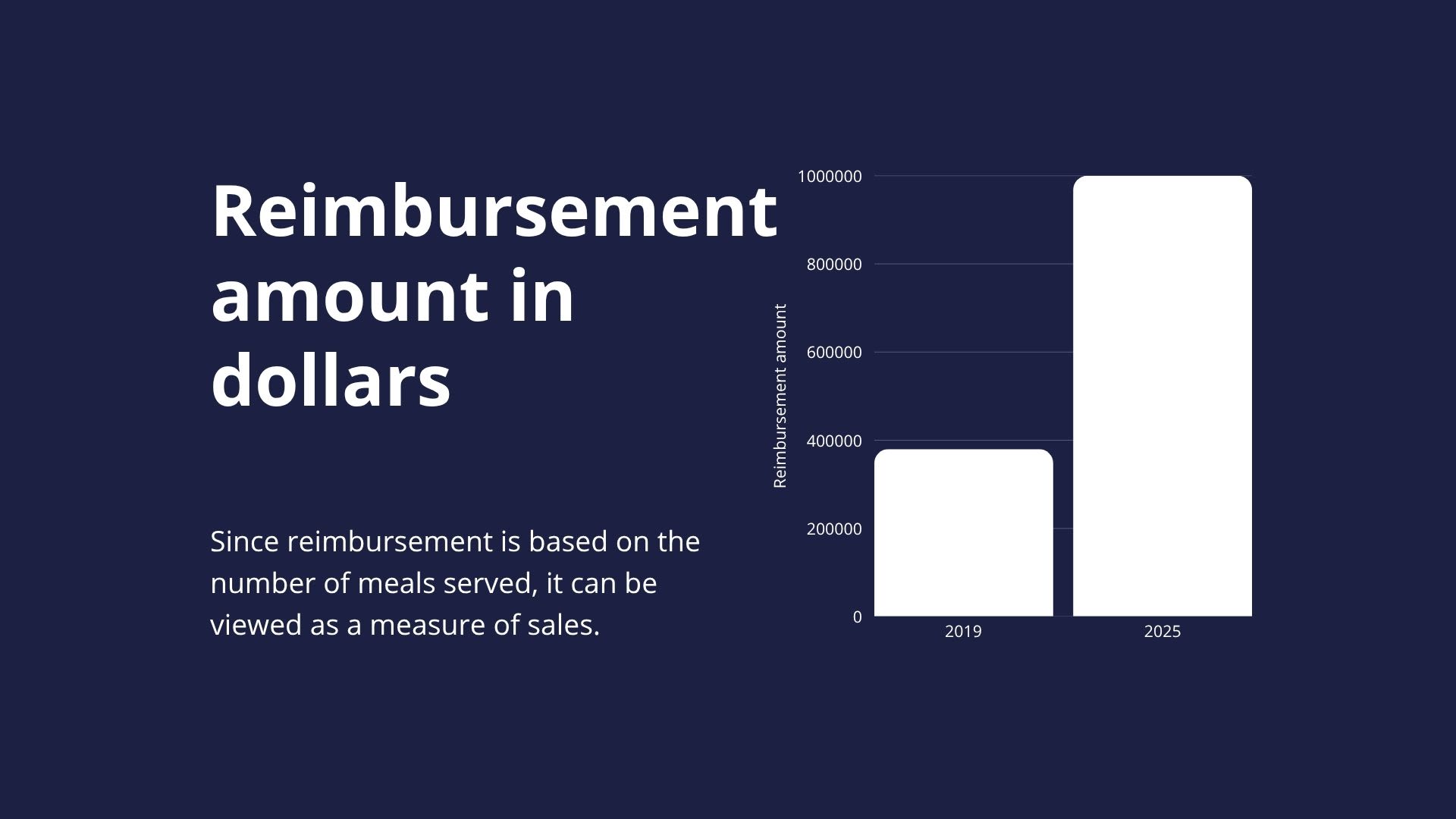

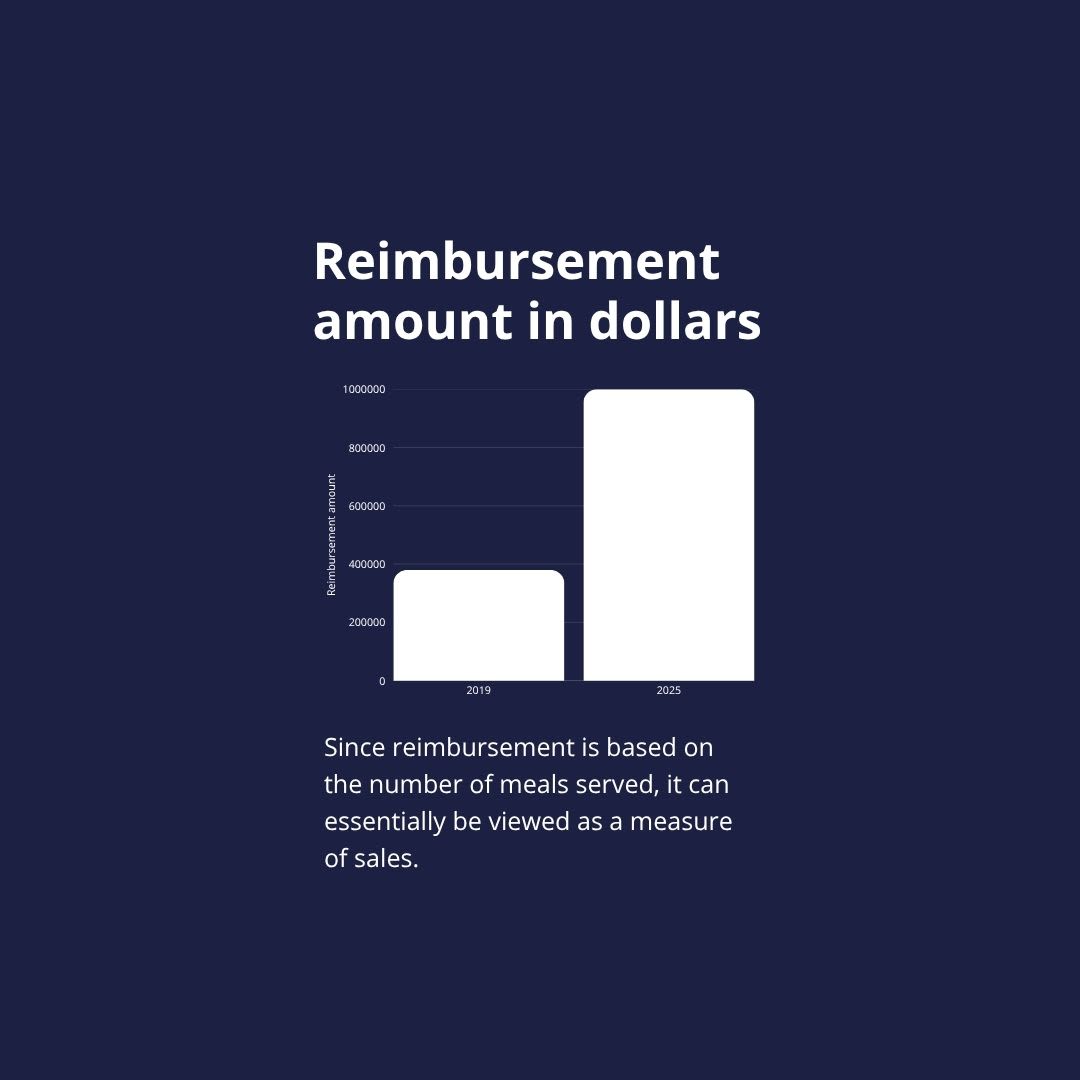
By the numbers
For typical restaurants, it’s easy to tell if a menu is performing well by looking at total revenue. While the national school lunches are free for all students — so there's no “revenue,” per se — there are still ways to track whether the scratch menu items are more popular.
For every meal that is distributed, the USDA provides a reimbursement, which essentially can be viewed as revenue. When Basurto was hired in 2019, the kitchen's annual reimbursement sat around $380,000 — back when they only served vended lunches.
Today, the kitchen receives nearly $1 million in USDA reimbursements — almost triple the amount it brought in when it relied solely on vended meals. While it’s worth noting that the number of sites served has increased by 10 since then, Basurto believes that scratch cooking has played a key role in the increase.
Culinary Services worker Ana Hernandez, the sole cook at ACCESS Harbor Learning Center North, believes the same because she sees the impact firsthand every day. Prior to the implementation of scratch cooking, many of the students would decline to eat lunch. Now, far fewer meals are left uneaten.
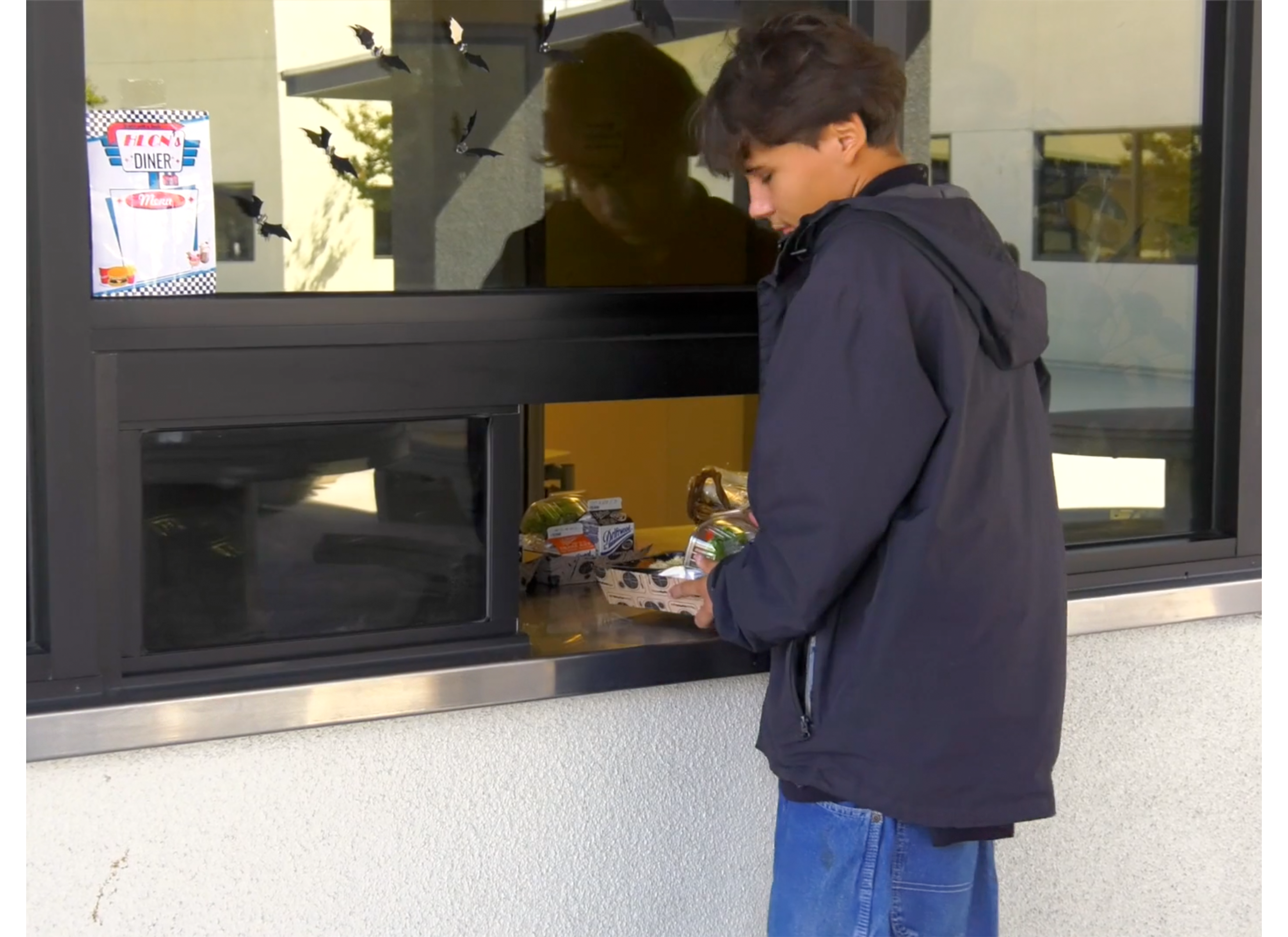
Looking ahead
As the Kalmus Café works to enhance its National School Lunch Program and fully transition to scratch cooking, it also continues to support and grow the retail side.
For years, a cash-only system has limited the café’s accessibility for staff. But that’s about to change. With a new point-of-sale system coming soon, OCDE staff will be able to pay with credit cards and even place orders ahead of time using a QR code.
Perhaps best of all, the upgrade will come with only a modest price increase — just 20 to 25 cents more per meal, according to Basurto.
Because the café’s budget is tied to its overall output, this upgrade — paired with the reopening of OCDE's Conference Center on Kalmus Drive — is expected to significantly increase its funding. Basurto anticipates it could double from the current $250,000, giving the café even more creative freedom when planning meals for staff and students.
